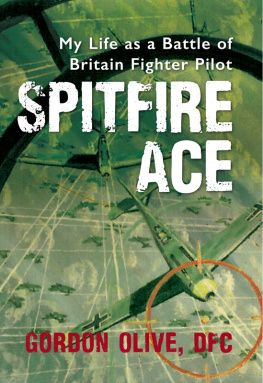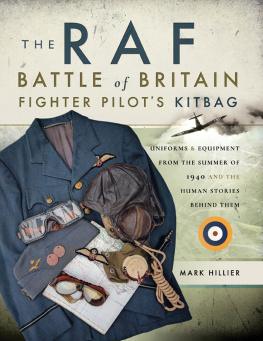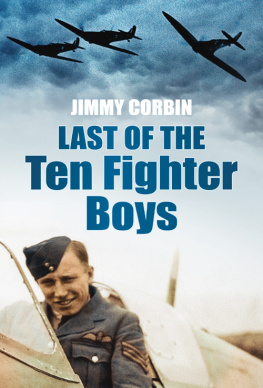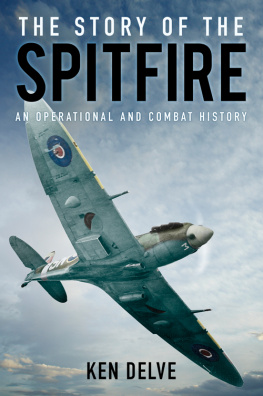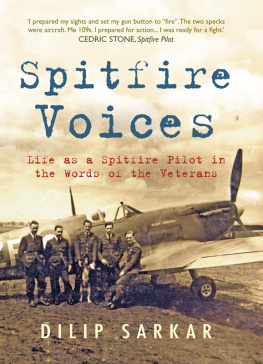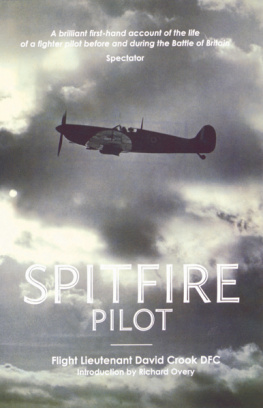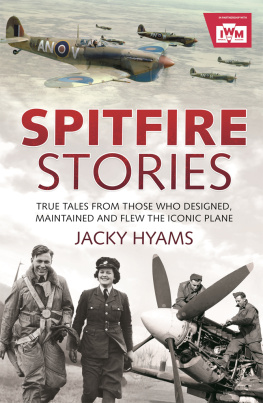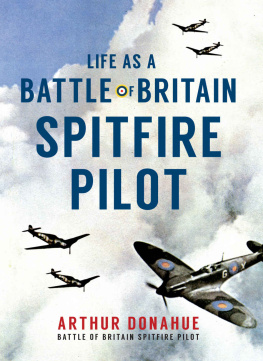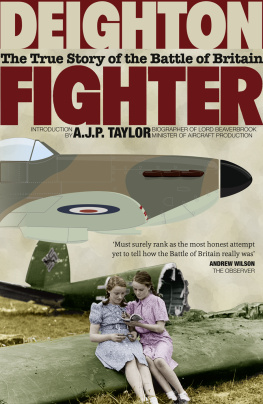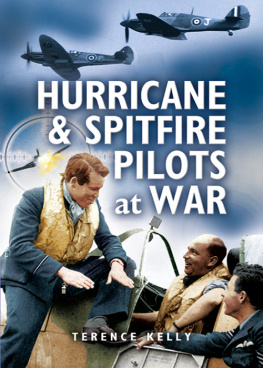To the memory of Charles Gordon Chaloner Olive and those like him, who served their country in war and peace
To Beryl Olive and family: Rick and Helen; Denys and Mandy; Maria and Kent
First published 2015
Amberley Publishing
The Hill, Stroud
Gloucestershire, GL5 4EP
www.amberley-books.com
Copyright Dennis Newton and the estate of Gordon Olive, 2015
The right of Dennis Newton and the estate of Gordon Olive to be identified as the Authors of this work has been asserted in accordance with the Copyrights, Designs and Patents Act 1988.
All rights reserved. No part of this book may be reprinted or reproduced or utilised in any form or by any electronic, mechanical or other means, now known or hereafter invented, including photocopying and recording, or in any information storage or retrieval system, without the permission in writing from the Publishers.
British Library Cataloguing in Publication Data.
A catalogue record for this book is available from the British Library.
ISBN 9781445644240 (PRINT)
ISBN 9781445644370 (eBOOK)
Typeset in 10.5pt on 14pt Sabon.
Typesetting and Origination by Amberley Publishing.
Printed in the UK.
Contents
Preface
13 September 2013
Battle of Britain Wreath-Laying Ceremony
Australian War Memorial, Canberra
An Address
by
Her Excellency the Honourable Quentin Bryce AC CVO
Governor-General of the Commonwealth of Australia
We gather here today to remember the sacrifices of the Second World War, and in particular the courage and determination of the RAF, the Commonwealth and other Allied forces in defending the shores of the United Kingdom, in what we know with pride as the Battle of Britain.
Winston Churchill, in his speech to the Commons, said, in what seemed to be the end of Hitlers planned Operation Sea Lion: Never before in the field of human conflict was so much owed by so many to so few.
I want to talk to you about one of the Few; in fact one of the very few Australians who flew with the RAF squadrons in that epic battle.
His name is Wing Commander Gordon Olive DFC, and I have a particular reason for singling out Gordon, because our lives became entwined for some years.
Charles Gordon Chaloner Olive was born in 1916, attended Brisbane Grammar and RAAF Point Cook, where he gained his pilots wings in 1936.
He took a posting to 2 Flying Training School RAF, on a Short Service Commission.
In August 1939 he was promoted to flying officer and piloted a Spitfire as a flight commander between September 1939 and March 1941, completing 193 sorties, totalling 165 hours.
In the Battle of Britain he was credited with destroying five enemy aircraft, though his unconfirmed total tally was much higher. Promoted to flight lieutenant in August 1940, he was awarded the DFC in September, and in December shot down his sixth confirmed enemy, officially entering the list of aces.
In 1941 Olive was appointed the first Commanding Officer of No. 456 Squadron RAAF, Australias first and only night-fighter squadron, after which he rejoined the RAAF and served in several significant command posts including Morotai in the Pacific, and transferred to the Reserves in 1946 with the rank of wing commander.
One of the remarkable feats of Olives service was a prodigious memory and artistic skill, which years later led to a series of graphic paintings of combat over the skies of Britain.
These paintings from his memory provide an unique record of multi-aircraft engagements from the pilots cockpit.
Gordon Olive was appointed an Honorary ADC to the queen; in 1967 he was appointed MBE for organising the Empire Youth Movement, and in 1978 elevated to CBE.
Gordon Olive was an example of the daring, pluck and humour that gave the RAAF its deserved reputation in the service of the RAF.
Shortish, wiry, cocky, moustachioed and highly intelligent, he was the archetypical fighter pilot. To me, he was the Battle of Britain.
In 1955 I was a cadet pilot officer in the Air Training Corps. I was seventeen. Wing Commander Olive was Commandant of the ATC in Queensland. He was then thirty-nine.
He was a legend and an inspiration to us all, and he was to define my life from then on.
Gordon died in 1987, and left a lasting legacy in his community work in Brisbane, tirelessly supporting veterans and his mates.
It is in men like Gordon Olive that a whole generation of younger men have found inspiration and a sense of an ideal men with positivity, modesty, cheerfulness, loyalty to their mates and pride in their service.
While the legacy of the Battle of Britain held such people high, it will always remain an example of how courage and determination can overcome mighty odds.
It was also a tragedy of huge proportion that we honour here today, and we remember those who paid the ultimate sacrifice.
As Churchill most famously said: If the British Empire and its Commonwealth last for a thousand years, men will still say This was their finest hour.
Lest we forget.
Published on the website of the Governor-General of the Commonwealth of Australia (https://www.gg.gov.au)
Introduction
Charles Gordon Chaloner Olive was born in Bardon, Queensland, on 3 July 1916, the son of New Zealand-born Mr Hugh Chaloner Olive and his Queensland-born wife, Lucinda Maud (ne Exley). He was educated at Brisbane Grammar School and was a civil engineering cadet at Queensland University in Brisbane when he enlisted in the Royal Australian Air Force as a cadet in January 1936 at Point Cook in Victoria. He was awarded his Pilots Flying Badge on 8 December 1936, but in January 1937 he sailed for England to take up a Short Service Commission with the RAF.
From 19 February 1937, with the rank of pilot officer, he was at an RAF depot but eight days later was posted to No. 2 Flying Training School (FTS), where he remained until 22 May, when he was sent to 65 Squadron. At the time the squadron was equipped with Gloster Gauntlet IIs but in June it converted to Gloster Gladiators.
In England, Gordon Olive was as active in service and inter-service athletics competitions as he had been at Point Cook. He was particularly successful with the javelin, in which discipline he was victorious in 1938, coming second in the following year despite breaking the existing record. He was promoted to Flying Officer on 19 August 1938, and less than a year later, on 24 July 1939, he was made acting flight lieutenant. By then 65 Squadron had converted to Spitfires, the first having arrived in the preceding March.
In September 1939, when war broke out, 65 Squadron formed part of the Hornchurch Wing and it flew its first scramble on 5 September without result. The squadron achieved its first kill in May 1940, towards the end of which month offensive patrols began to be flown over France and the Low Countries to cover the evacuation of the British Expeditionary Force (BEF) from Dunkirk.
On 26 May, Gordon claimed a Messerschmitt Me 109, probably destroyed when the squadron became mixed up with about thirty German fighters near Calais. The next day, in another action east of Dunkirk, he heavily damaged a Do 17, silencing the rear gunner and setting the port engine on fire. On the 28th it was his turn when he was listed missing as a result of air operations. Three days later he was reported safe but slightly injured, having been shot up and wounded in the leg. Up to this time he had completed twenty-five operational sorties totalling thirty-five hours flying time.

